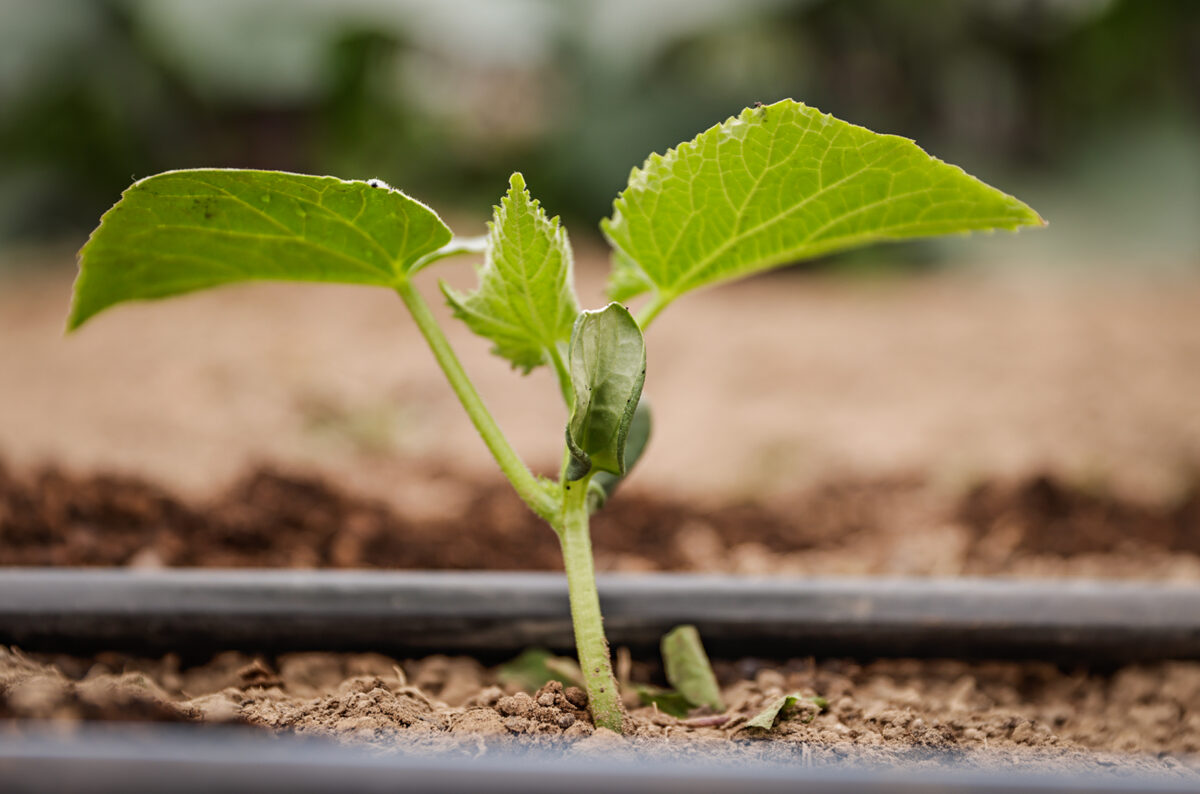Searching for Healing Among the Weeds
A local gardening group offers space in the soil for grieving members of the community to tend to their sorrow
By Zoë Buhrmaster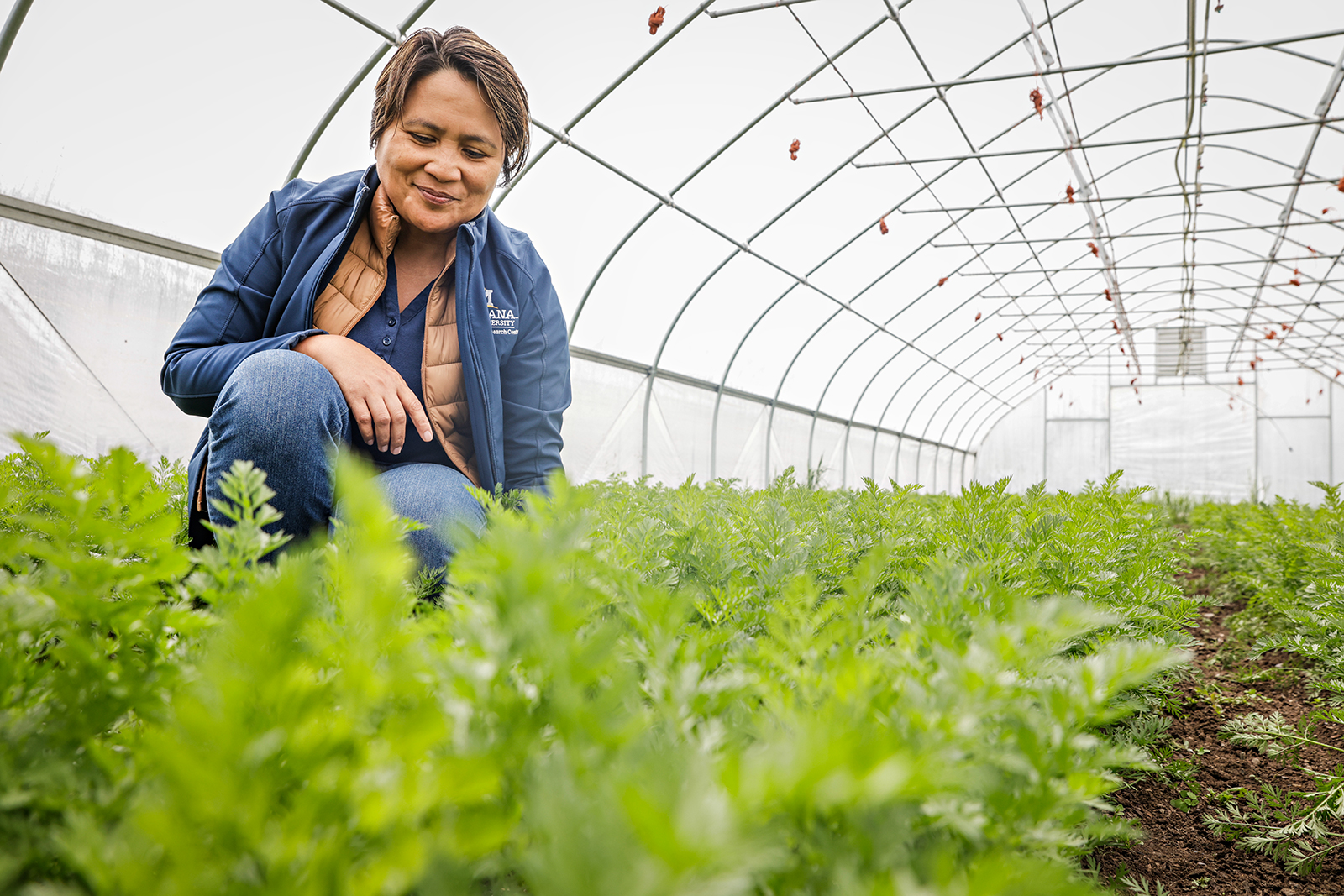
Jessica Torrion crouches inside a long, white plastic tunnel, surrounded by sprouting vegetables, her hands in the dirt.
“Do you know what the definition of weeding is?” she asks, the way a teacher poses a question to a class.
“Anything that is not necessary at that time,” she answers. “Corn can also be a weed if you don’t need it at that time.”
Her hands move between carrot tops, plucking small weeds. Her face is calm, at ease.
“That’s what brought me here,” she says. “The metaphor with weeding.”
Drawing a distinction between what is and isn’t necessary has become more complicated for Torrion and her family this past year. So, she presses her hands to the earth and pulls up another weed.
Torrion and her husband José Miguel Martínez-Gurdy met as classmates pursuing master’s degrees in the Netherlands together. When the graduate program ended in 2002, they both went home, Torrion to the Philippines and Martínez-Gurdy to the Dominican Republic.
A few years later, Torrion moved to the states as a doctoral student at Texas Tech University in agronomy, analyzing water stress on cotton crops. She was working at University of Nebraska-Lincoln for her post-doc when she scored an interview at Montana State University, where she quickly fell in love with the state. Now, she serves as MSU’s department head of research centers, researching crop physiology.
Meanwhile, Martínez-Gurdy stayed in the Dominican Republic, working jobs for the local government, the Ministry of Education and helping with a climate change program for the United Nations, before serving at the nonprofit Sur Futuro where he currently works as the deputy director of operations and natural resources.
Torrion and Martínez-Gurdy stayed in touch through a Netherlands alumni group chat and periodic Hotmail messages, until Martínez-Gurdy finally flew to see her in Kalispell in 2020. Two years later, they got married in Montana.
Torrion had never searched for a husband. By getting married at 47 years old, she said, it was the perfect timing because, “we both learned our lessons and were our own people.”
Two years later, grief would threaten to tear them apart.
On June 8, 2024, Martínez-Gurdy’s 21-year-old son Alejandro José Martínez Pérez took his own life.
Alejandro was finishing up a degree in economics, loved playing soccer, and had friends he spent time with. He was a “good guy, lovely, smart,” his dad said. “He was perfect in my eyes.”
On the night of the incident, Alejandro went to a party at a local discotheque, where Martínez-Gurdy believed something happened that may have spurred Alejandro.
“He was not depressed,” said Martínez-Gurdy. “No one could prevent it because he never showed anything.”
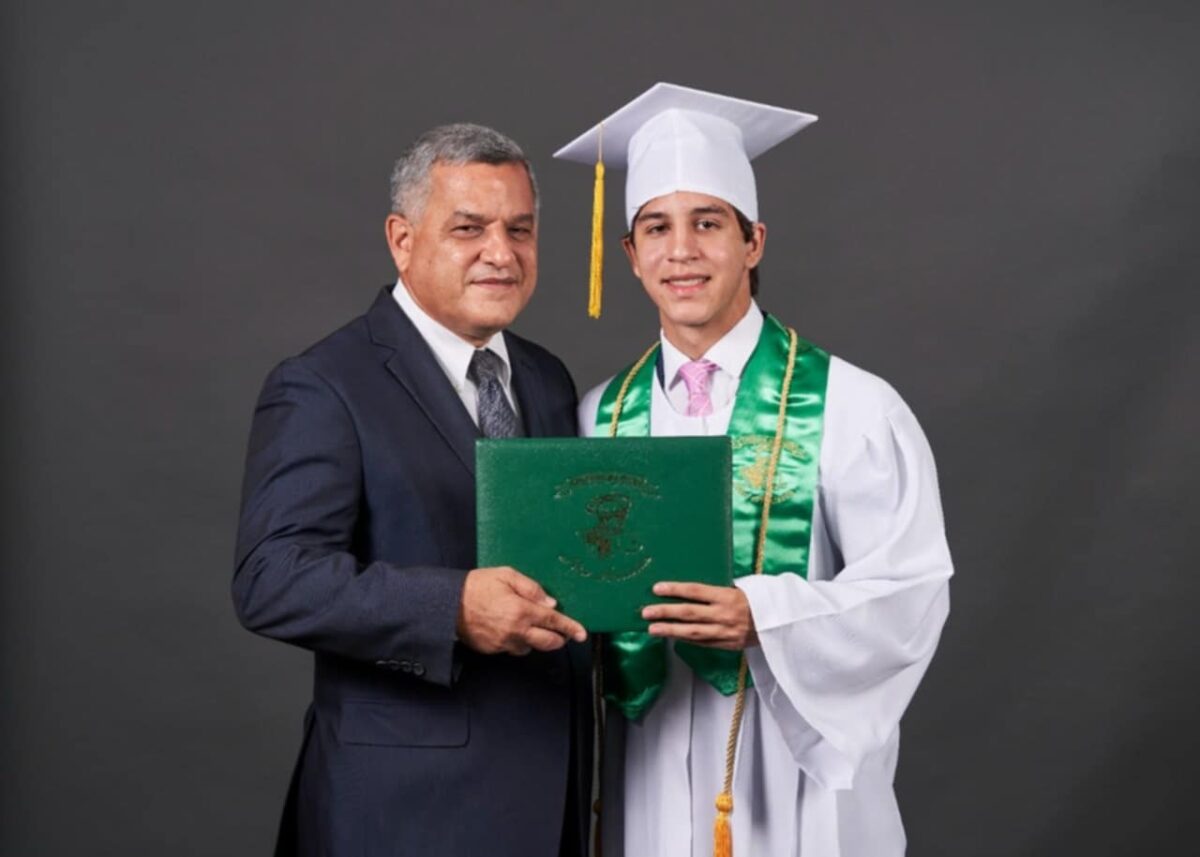
The grief changed Martínez-Gurdy and Torrion, who Alejandro had accepted, though being from Martínez-Gurdy’s previous marriage.
“My husband completely changed,” Torrion said. “And I’m pretty sure that there’s a lot of me that also changed; so, you also recognize that. My struggle at that time was, how am I going to take care of my grief but also understand my husband, giving him a little bit more compassion.”
Torrion started going to counseling, trying out different therapists. Not quite satisfied, she began searching for other supportive services online and found the Tamarack Grief Resource Center, a Missoula-based center with satellite offices in Kalispell and Browning that offer a variety of therapeutic, nature-based programs for those dealing with grief.
Tamarack’s community-based approach and a new ‘Cultivating Healing’ gardening group the center was offering stood out to Torrion, so she met with Rick Stern, Tamarack’s program specialist for the Flathead.
When Martínez-Gurdy next flew in to visit Torrion that August, his trip happened to coincide with the first gardening group, and at Torrion’s behest, they went together.
Stern started at Tamarack in 2023, volunteering to fulfill practicum requirements for a master’s degree in counseling. With a background in environmental science and teaching history at a therapeutic school, Stern quickly took to the work, stepping into a staff position in 2024.
Though Tamarack’s programs are rooted in nature such as outdoor camps and retreats, Stern noticed that the Flathead program lacked a gardening element. For Stern, who’s been a passionate gardener for the past 30 years, it was a “natural connection” to incorporate it into his work at Tamarack.
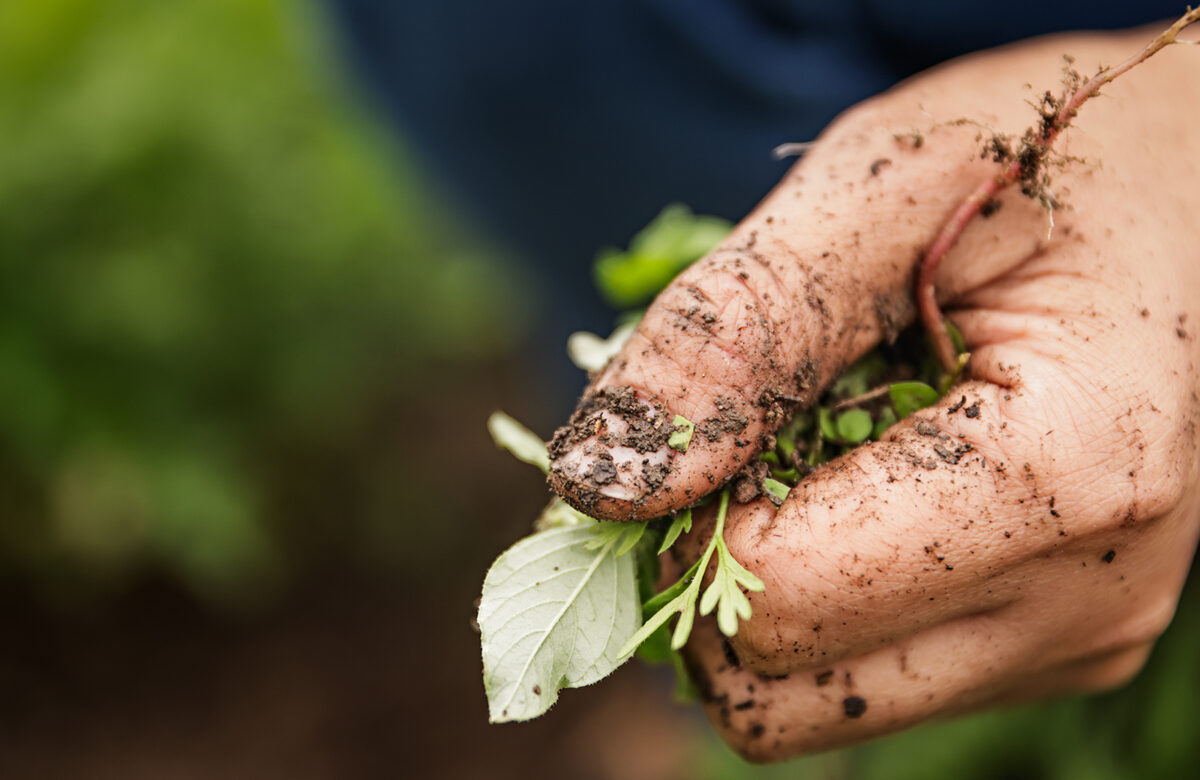
“There’s a lot of research behind gardening being healing on a lot of different levels,” said Stern. “Some of it is just being outside. Some of it is the nurturing aspect of growing things, seeing them grow, and being like, ‘I was a part of that.’ That is the kind of tangible success that really helps people build self-esteem, build confidence.”
There’s also research, he said, that microorganisms found in soil, specifically Mycobacterium vaccae, can have antidepressant effects by increasing serotonin.
“It works on all these different levels,” Stern said. “So, it can work to help people through their grief.”
Tamarack staff met Stern’s idea with encouragement, and Stern reached out to the owners of Raven Ridge Farm, Cassady Daley and Nathan Christianson, who he knew, to see if they’d be interested in hosting.
Though the farm owners were up to their ears in lofty food production goals at the 3-acre property, Daley and Christianson had an open-door policy, allowing friends and employees to host small gatherings at the farm. Still, they had been hoping to further extend the space’s use. When Stern reached out, Daley described his idea as the perfect fit.
“To be honest, our farm day is work and we’re doing a lot, but we all get to air the stuff that’s going on in our lives in a healthy way,” Daley said. “Other people should have the ability to experience that. It feels like giving back in a way that’s like, I’m just opening up the space.”
In August, Stern, Torrion and Martínez-Gurdy gathered after hours in Raven Ridge Farm’s cabbage fields for the first Cultivating Healing group.
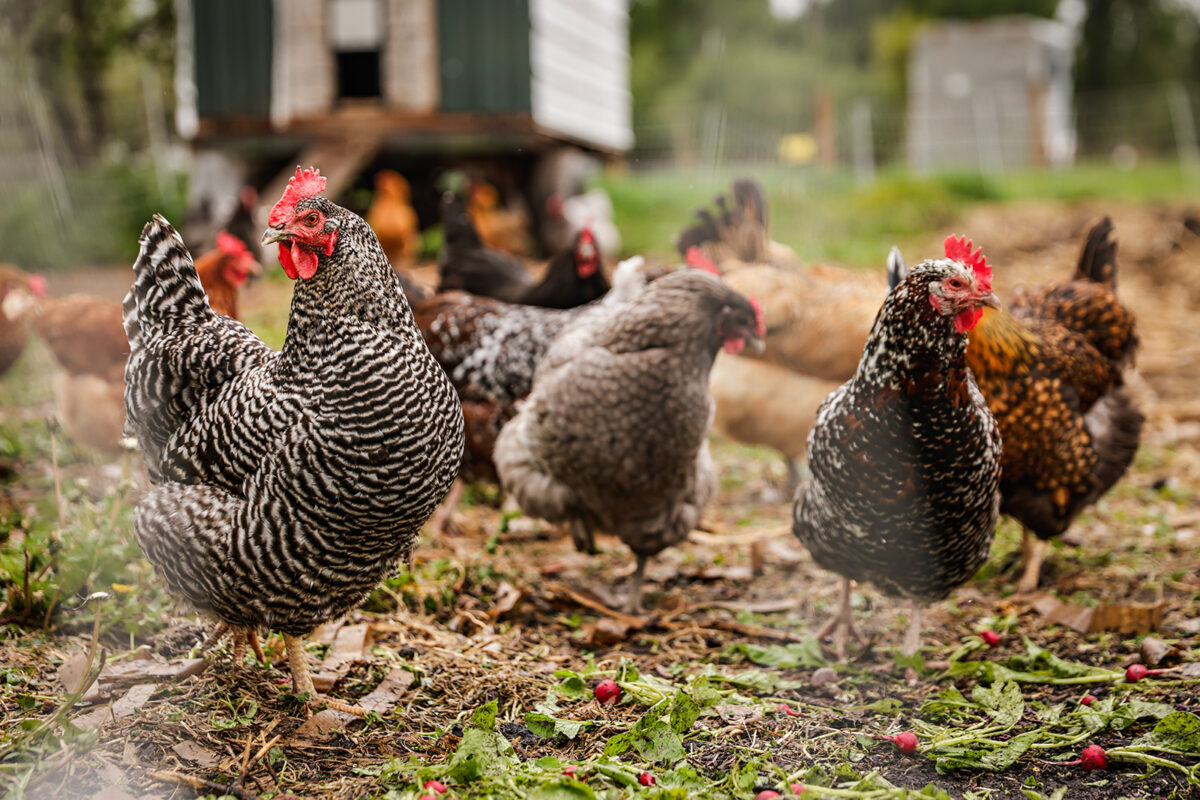
Sessions began with a brief check-in, an overview of what Stern had coordinated with the farm owners for the day’s project, coupled with intention-setting for the evening. They spent the sessions weeding in the late summer air.
“Along with the day’s project of pulling weeds was the thought of, ‘what aspects of our grief are we ready to let go of?’” said Stern.
The inadvertently private attendance size gave Torrion and Martínez-Gurdy two-on-one time with Stern. They talked about their grief together, something they had mostly avoided out of difficulty.
“Gardening was sort of allowing us to be in the moment and presence of our grief together, plus also have someone next to us,” said Torrion. “It was a chance for us to talk about it while weeding and just have a lighter conversation.”
The trip was the first time Martínez-Gurdy had been away from the Dominican Republic since June, the first time he wasn’t able to bring roses to his son’s grave site on Sunday, a weekly habit he’d developed.
“I was feeling uncomfortable, but I was there,” Martínez-Gurdy said about the garden. “I learned a lot being there with Jessica, doing something together.”
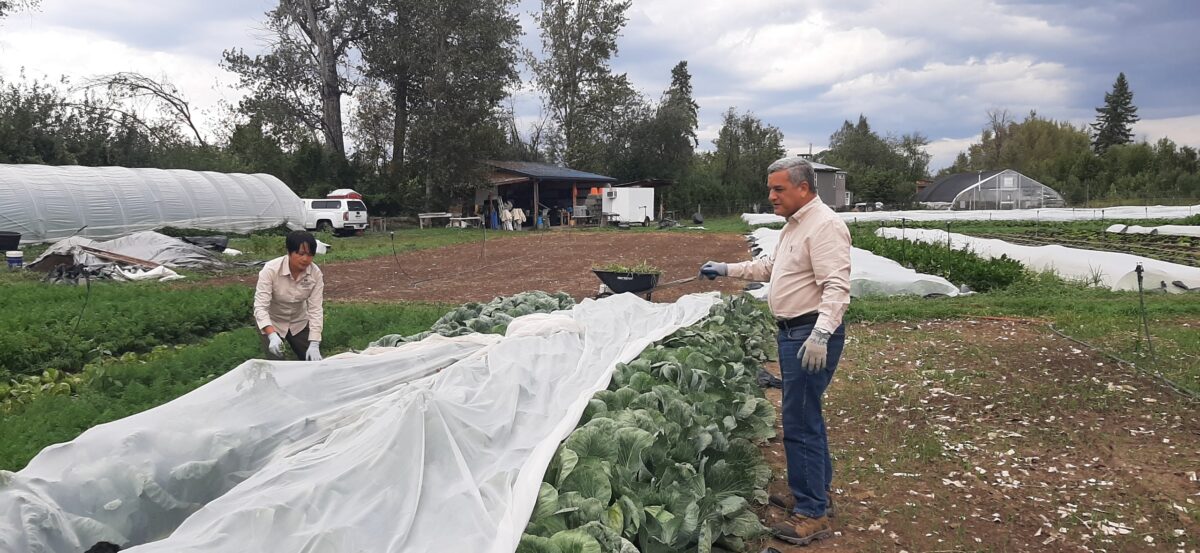
Martínez-Gurdy is now back in the Dominican Republic. He has been working on getting his resident visa for the U.S., so that he can move to Kalispell to be with Torrion. They’ve grown closer since the garden, able to discuss their grief as the anniversary draws nearer.
“The weird thing about grief like this is you will never understand why and how, and there’s so many questions that are never going to be answered,” said Torrion.
Meanwhile, they’ve put their energy into sharing their resources with others, helping fund college educations for students in the Dominican Republic and the Philippines.
“I think there’s something to say about giving back, right?” said Torrion. “You’re doing these things for other people because you want to continue feeling like you have a purpose in this role.”
Though he likely won’t be back in time for the gardening group’s next meetings in June, Martínez-Gurdy and Torrion have talked about volunteering with Tamarack, once he gets his visa.
“You never forget that you love that person who is not with you anymore,” said Martínez-Gurdy. “‘Why he did it?’ I never ask these kinds of questions. I accept that it’s something that happened to him, that we don’t have the right to judge. The joy of having him for 21 years is not enough, but it’s something I could never forget.”
The next Cultivating Healing gardening group runs from June 3 to July 29 on Tuesday evenings. For more information, or to RSVP, visit Tamarack’s website or call 406-261-0724.
